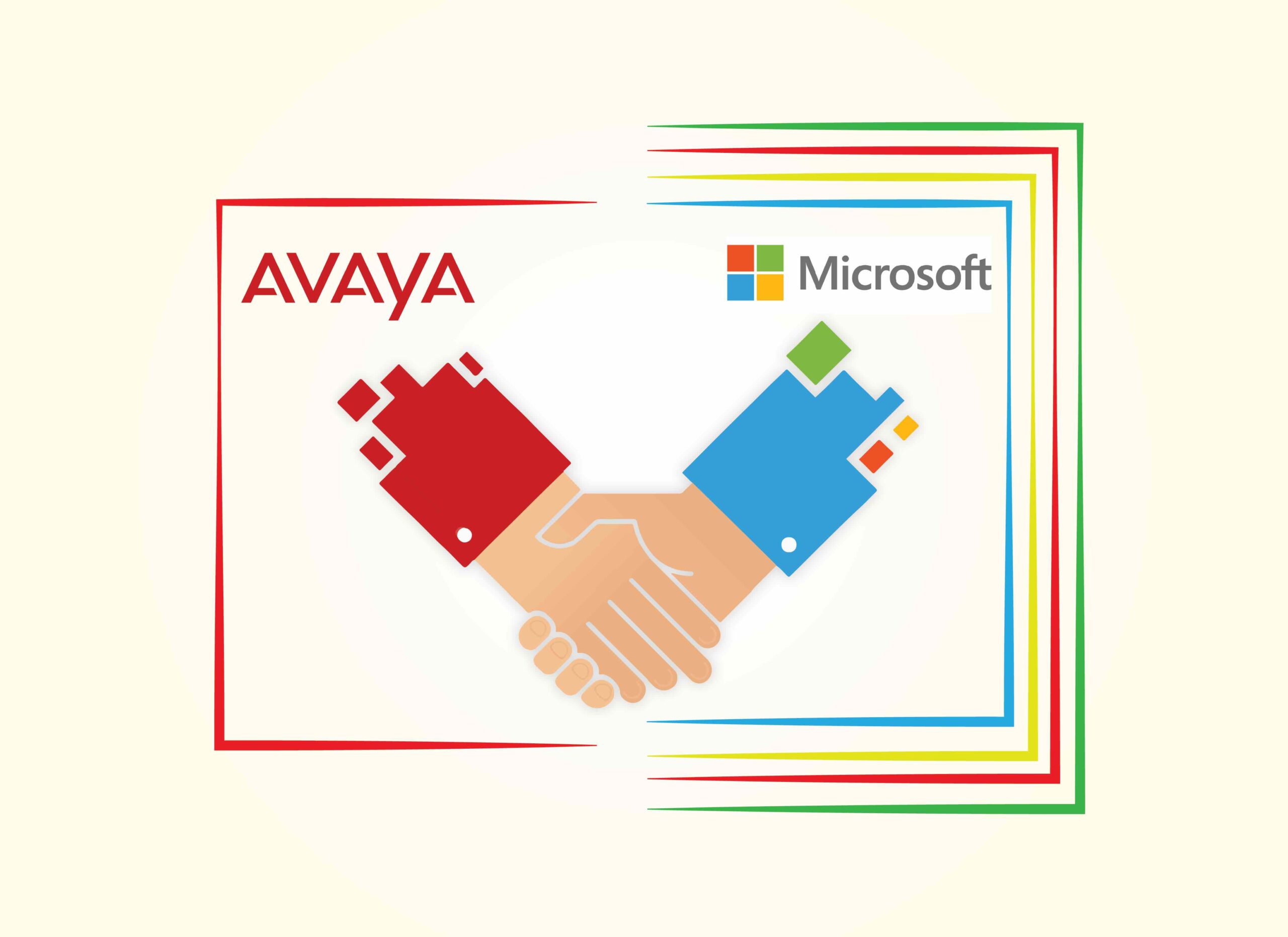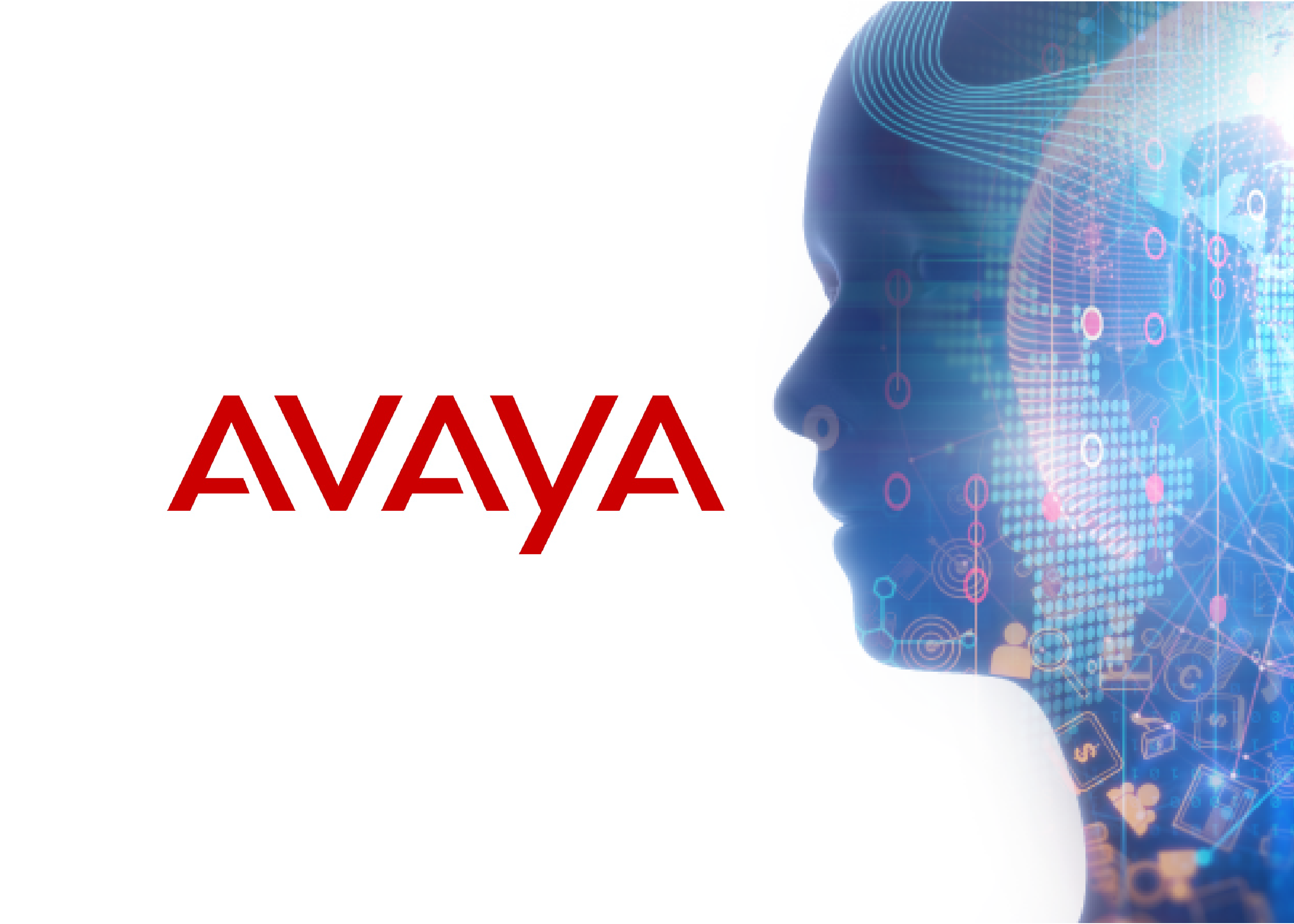 Avaya, the global leader in delivering superior communications experiences, announced ‘Digi Crafters’ as the winners of the company’s first Hackathon challenge, held at Avaya Pune R&D center.
Avaya, the global leader in delivering superior communications experiences, announced ‘Digi Crafters’ as the winners of the company’s first Hackathon challenge, held at Avaya Pune R&D center.
The Internet of Things and the mushrooming world of IoT devices, including the latest generation of smartphones and smart watches, is revolutionizing the way we communicate and connect to people and machines. But they are also the source of a growing list of 9-1-1 false events that can block the emergency service network.
To address this growing threat to the 9-1-1 system, Avaya has introduced to the US public safety market new capabilities for its market leading Avaya Breeze™ workflow automation technology. Using Avaya Breeze, public safety officials and carriers can implement new functionality developed and deployed with and by public safety officials in the European Union, such as Snap-In applications specifically designed for public safety officials and agents, to agencies across the US. Avaya, using Breeze, can now help agencies develop specific solutions that can assist in identifying undesirable patterns of calls and events and provide real-time, automated remediation actions and advice that will help minimize the risk that live emergency calls could be blocked or delayed by false calls.
Breeze technology enables public safety officials and carriers to develop solutions that help identify undesirable call patterns and deflect suspect traffic away from live operators for further analysis, freeing up those resources for calls that are actual emergencies. The next generation Breeze technology platform accomplishes this by simplifying application development while delivering built-in capabilities for enhanced mobile, citizen-facing and hybrid/cloud requirements. Components of the Breeze technology platform include:
· An open framework that brings the necessary attributes for communication in the digital age: embedded, multi-platform, mobile, fast, low risk, and workflow enabled — all key requirements that assist in automating previously manual processes.
· A development platform for the rapid creation of new workflow-based applications within a matter of hours or days versus months.
· A software delivery mechanism — the Avaya Snapp Store — that allows a single integrated experience via browsers and native smart apps for entirely new citizen experiences.
· Open connectors/APIs that enable simple, integration with existing agency communications services and protected access to the billions of devices in the Internet of Things.
Avaya, the global market share leader in Contact Center1 and among the top providers of networking equipment and command and control software, continues to help play an important role in the evolution of emergency operations communications systems. It offers public safety communication centres the same mission critical services that provide resilient and reliable infrastructure to the world’s largest airlines, financial institutions and other major enterprises in an interoperable but secure environment.
“With call takers being inundated with vast amount of multimedia that are being made available through the Internet of Things, it is only natural that artificial intelligence will have to become a technology that provides call handling advice to communications officers. Having seen these trends in other industries, the Avaya Breeze platform, based on work flow and becoming a natural insertion point in the existing call flow, is uniquely able to help deal with the many false calls, and other distractive events that could become the difference between life and death.”
Mark J. Fletcher, ENP, Co-Chair of the Emergency Notification WG of the FCC Disability Advisory Committee, NENA Accessibility Committee; Chief Architect – Worldwide Public Safety Solutions – Office of the CTO – Enterprise Solutions, Avaya








